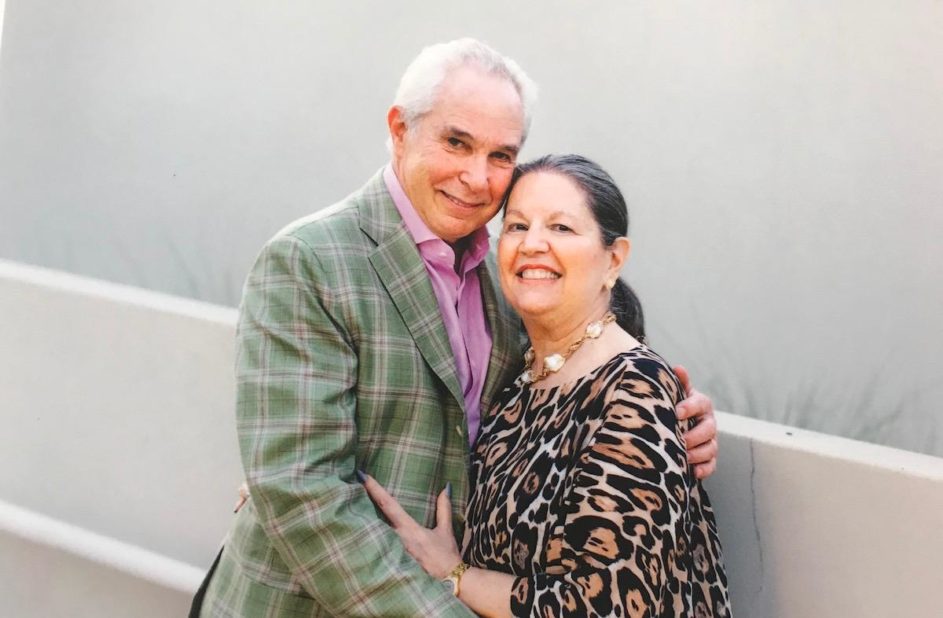It’s good to see an exhibition at the Knoxville Museum of Art composed of pieces from local art collectors. “The Lure of the Object” originates from the collection of Knoxvillians June and Rob Heller. The show, which fills the two main galleries on the main floor at KMA, has works from the Hellers’ current collection, along with art the Hellers previously donated to KMA. The exhibition is a show of appreciation for both the Hellers’ gifts to the museum and for their general support.
Art museums often fill their galleries with traveling exhibitions. These are worth staging because they give the museums’ visitors chances to see high-quality work is happening elsewhere that, hopefully, inspires the local museum’s supporters to build collections of their own.
For the most part, the KMA exhibition showcases the Hellers’ enthusiasm for the high craftsmanship and often intriguing achievements of glass objects. There are several pieces of work by Knoxvillian Richard Jolley, whose work is also prominent elsewhere in the museum, along with a marble sculpture by former Knoxvillian Julie Warren Conn. Scattered among the glass pieces are several works by well-known artists in other media, including Frank Stella, Jim Dine, Chuck Close and small models by Henry Moore.

Chuck Close’s 149-color silkscreen “Lyle” (Exhibitions photos by Harold Duckett)
One of the most striking pieces in the show is one of Chuck Close’s large (65.5” x 53.8”) 149-color silkscreen portraits, titled “Lyle,” made in 2003. Close is known for large face portraits that are made in a variety of ways: from straightforward painting to applied built-up materials to the technique seen here.
Close divides the surface into a grid pattern of small squares, then makes circular shapes of color within each square, forming irregular “bullseye” patterns. Up close, that’s what the viewer sees: a collection of seemingly random patterns in a grid. As one backs up, the shapes become an image; the farther away one observes, the more realistic the image becomes.

Christine Patterson’s “Perseverance”
The process and technology, alone, are impressive. But as art, these portraits speak about a kind of reversal of the normal human experience. Typically, seeing a person from a distance is limited to an almost abstract assessment of human characteristics. But the closer one gets to know a person, the more we discover about a specific individual.
A similar experience happens with Knoxville artist Christine Patterson’s “Perseverance,” a mixed media and resin on wood portrait made in 2008. Up close, the image seems rather flat, except for the depth of the resin. The features that identify a human face can be seen: mouth, nose and eyes. But they seem like random sketch items, the way an artist might draw in a sketchbook. Viewed from halfway across the gallery, however, the portrait is of a pleasant, 3-dimensional woman with lovely features and a slightly inquisitive expression.

Christina Bothwell’s “A Heart That’s True”
Of the glass objects, Jolley’s 2013 “Suspended in Dreams #9; Christina Bothwell’s 2005 “A Heart That’s True,” composed of a formed, transparent purple dress with a glass figure of a child clearly visible inside, the figure’s head and appendages of raku clay, and the figure balanced on her head on a block of wood; and Laura Donefer’s 2018 “Yellow Heart Amulet Basket,” made of flame-worked glass, are all interesting to see and think about, as are several other of the glass pieces.
But the most outstanding glass piece in the show is Swedish artist Bertil Vallien’s cast-glass work “Sleeping Janus.” Based on the term “Janus-faced,” meaning two sharply contrasting aspects or characteristics, it’s a relatively small piece, mounted on its own tall, slender, square steel pedestal near the middle of the gallery. It seems insignificant. But it possesses powerful meaning.

Composite images of Bertil Vallien’s “Sleeping Janus”
Straight-on, it’s a face mask that’s been penetrated with random, bent, small copper rods that might represent hair. The lower part of the mask and eyebrow area have clay dots that may be stubble. The face itself appears to have been scratched and scarred. The notion of a mask is completed by coming to points as the top and bottom of the mask go back, forming a wedge shape that’s filled with clear glass.
Inside this wedge is a much smaller, strikingly different face mask, held in place with copper wire. Viewed from either side, each side of this smaller mask is different. But move around past the side midpoint, and this single mask becomes a double mask because the two different sides are reflected in a mirrored surface. It’s both visually fascinating and substantially mysterious. It speaks to the multiple sides we all have, some of them more secret than others.
“The Lure of the Object” runs through April 21. Admission to the Knoxville Museum of Art, 1050 World’s Fair Park Drive, is free. The museum is open 10 a.m.-5 p.m. Tuesday-Saturday and 1-5 p.m. Sunday.

